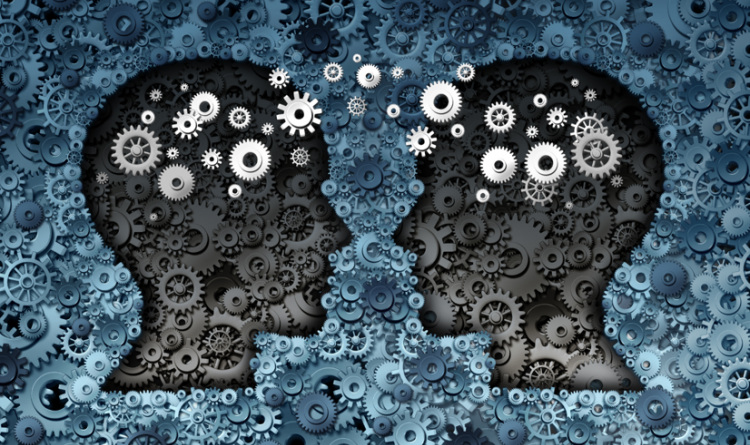POST COVID: Brand&People

In this time of uncertainty - post lockdown - that transforms much faster than any other changes ever seen so far, we have entered a new phase of reconstruction in which the gradual return to "normality" is accompanied by the new needs generated by the alteration of our habits.
LET’S MAKE THE DIFFERENCE. SOLVE DON’T SELL.
It is clear that companies have an important task to do: to focus on the relationship with consumers, reconsidering their own marketing strategies. In this sense, all business activities have had to reactively rethink how to integrate Covid into their communication, to be present and visible in order to make a difference with the goal not to sell in a narrow sense but to create empathy.
LET’S REASSURE. COLLABORATE DON’T MOVE ALONE
In the post-Covid-19 era, the emotional demands of consumers, characterised by a great deal of sensitivity to brand reputation, arise. Consumers expect to be reassured by a communication that conveys a positive and collaborative message.
LET’S BE POSITIVE. BE BRAVE DON’T BE CONSERVATIVE.
The opportunity that opens up to companies consists of being able to strengthen their brand reputation, plan changes and improvements that are appropriate at this historic moment, positively impacting on consumers’ sensitivity to ethical issues and corporate purpose.
In this complex scenario, Neuromarketing, a discipline that integrates the world of neuroscience with marketing, can offer companies an important contribution.
This new field of interdisciplinary studies allows us to understand consumers’ decision-making in greater depth, revealing a real change of perspective.
Thanks to Neuromarketing, we have the scientific awareness that the rational part of a decision represents only 5% of the whole, leaving 95% of capacity to our deepest states of mind, that are linked to the unconscious and irrational component.
Furthermore, when making a buying decision, the unconscious part is activated before the conscious and rational one.
Hence, Neuromarketing allows you to advance purchasing decisions by optimising product visibility. In particular, the first sensory aspect that guides us in our choices is the visual: colours are able to create a deep and immediate emotional involvement by increasing brand recognition by 80%.
Generally, Neuromarketing techniques measure the emotional response to a stimulus, which can be positive or negative. All the sensory inputs (advertisements, TV commercials, signage ...) we are exposed to every day and which our brain considers important are stored in the memory and it is here that associations with the different brands are created. This is how, in our western culture, the colour gold instinctively communicates luxury and charm, red is the color for passion and energy (often used for promotional sales), blue evokes trust and security (often used by banking companies to convey a reassuring message), yellow is a youthful colour that communicates optimism (used to attract attention in the shop windows), green is associated with nature (often used with the aim of relaxing), black transmits power and elegance.
The choice of colours is one of the elements that contribute to communicating the essence of the brand that will have to differentiate itself from its competitors and be consistent with its identity and brand image.
How many people would buy a Ferrari if all its peculiarities, including the red colour, did not evoke power, speed and exclusivity?
So, Neurosciences applied to market research enrich the data available, from traditional methods (such as interviews, questionnaires, focus groups) that only detect explicit and rational emotions, to the innovative use of tools, such as the electroencephalogram and functional magnetic resonance imaging. With these latter aspects, it becomes possible to measure the areas of the brain activated during first visual interaction of products, logos and advertising communications.
The physiological and neurological data collected, through brain imaging technologies make it possible to measure the degree of cognitive activation generated by brands and to estimate the attitudes and emotions evoked in the consumer. In particular, the unconscious attitude is measured with latency times, that is to say, by detecting the speed in associating positive or negative aspects with a brand.
In conclusion, it is good to remember that the object of study remains the human being and as such it is not possible to reduce all its complexity to brain activity alone.
However, if correctly adopted in synergy with existing disciplines, neuromarketing techniques can offer new information on human behaviour, thus making the relationship the consumer establishes with the brand, with the values and emotions that it communicates, more understandable.
